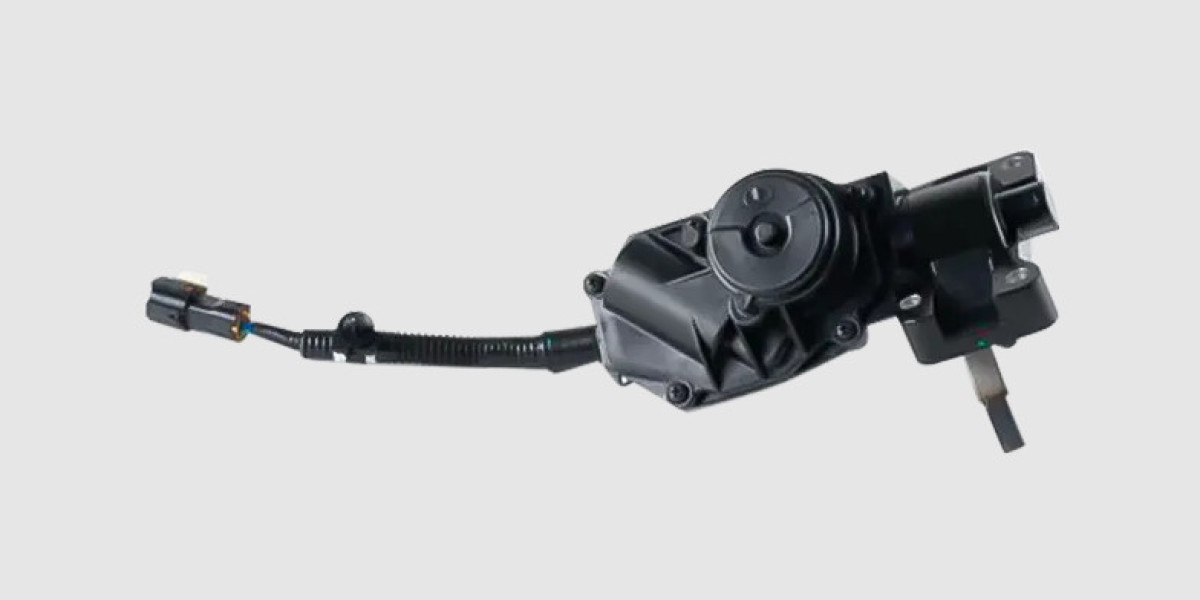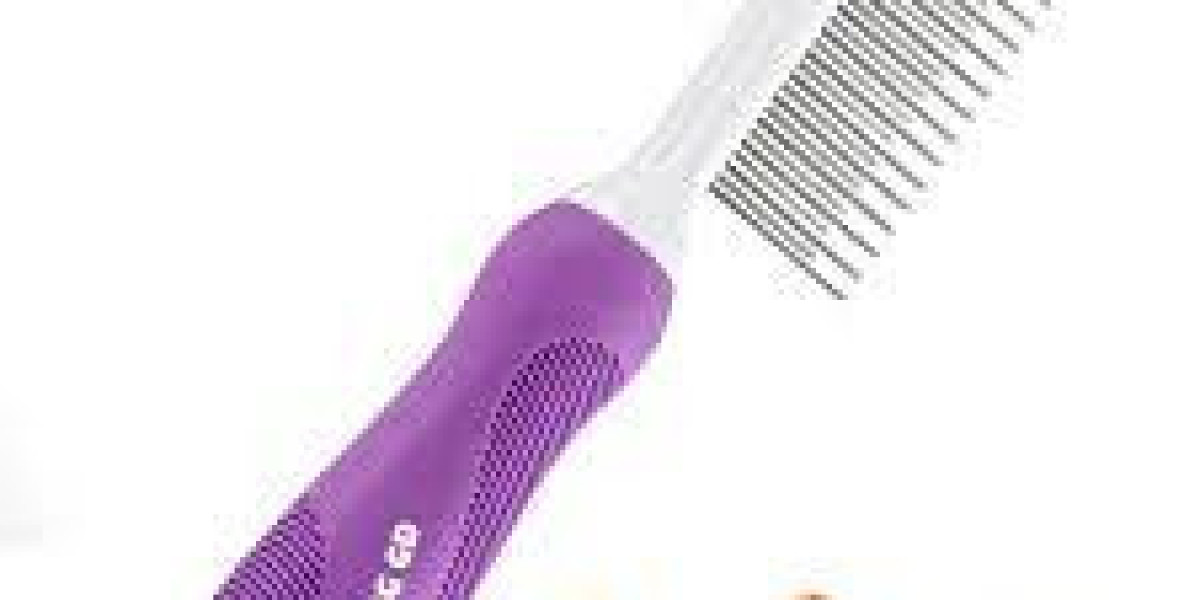From Sound Source to Silent Solution
Noise and vibration in an industrial oil pump motors are more than mere irritations; they accelerate mechanical wear, mask early fault signals, and contribute to workplace fatigue. Controlling these two by‑products begins with understanding where they originate. In a typical installation, the main culprits include electromagnetic forces within the stator and rotor, hydraulic pulsations in the pump, mechanical imbalance of rotating parts, and resonance between the motor–pump assembly and its mounting frame.
Design‑Stage Interventions
Rotor balance and concentricity
A dynamically balanced rotor minimizes unbalanced centrifugal forces that translate directly into vibration and airborne sound. Modern manufacturers specify balance grades as low as G 2.5 according to ISO 1940.
Slot and pole optimizatio
Skewing the rotor bars or altering slot/pole combinations spreads magnetic forces over time, lowering the amplitude of fundamental humming tones.
Rigid housing and stiff shaft
Increased structural stiffness pushes natural frequencies above the dominant excitation range, reducing resonance risk. Finite‑element analysis during design helps identify weak sections that would otherwise amplify vibration.
Pump–motor matching
Selecting an impeller geometry whose hydraulic pulsation frequency does not coincide with the motor’s critical speeds eliminates beat phenomena that magnify vibration.
Manufacturing and Assembly Practices
Precision machining holds the key to quiet operation. Tight tolerances on bearing seats, shaft shoulders, and coupling faces ensure proper alignment and load distribution. At assembly, laser shaft‑alignment tools keep angular and parallel misalignment below 0.05 mm/100 mm, preventing cyclic side‑loads that excite frame vibrations.
Field‑Level Mitigation Measures
Elastomeric or spring isolators placed between the baseplate and foundation break the transmission path for structure‑borne sound. A natural frequency at least 20 % below the lowest forcing frequency is recommended for effective isolation.
Flexible couplings absorb torque pulsations and minor misalignments without introducing significant torsional stiffness that could feed vibrations back into the motor bearings.
Variable‑frequency drives (VFDs) allow soft ramp‑ups and the ability to avoid continuous operation at critical speeds where vibration peaks occur. Using carrier‑frequency modulation or sine‑wave filters on the VFD output further reduces electromagnetic acoustic noise.
Acoustic enclosures lined with mass‑loaded vinyl and mineral wool attenuate airborne noise by 15–25 dB while maintaining airflow for cooling.
Predictive maintenance utilizing vibration spectrum analysis and motor current signature analysis catches bearing defects and rotor bar breaks before they escalate into loud, destructive faults.
Lubrication and Bearing Considerations
Correct lubricant viscosity and cleanliness significantly affect both noise and vibration. Contaminated grease introduces abrasive particles that increase bearing roughness, producing a characteristic high‑frequency “growl.” Automated lubrication systems that meter precise quantities at scheduled intervals help maintain a stable acoustic profile over thousands of operating hours.
Quantifying Success
A comprehensive vibration survey after each mitigation step provides objective feedback. Industry guidelines such as ISO 10816 specify acceptable root‑mean‑square velocity levels for rotating machinery; classifying results by zone makes it easy to document improvements. Similarly, sound‑pressure measurements using A‑weighted decibels confirm compliance with occupational noise limits.
Conclusion
Controlling the acoustic and vibrational footprint of an Oil Pump Motor is a multidisciplinary exercise, spanning design geometry, precision manufacturing, thoughtful installation, and vigilant maintenance. When these elements work in concert, operators gain a quieter plant floor, longer equipment life, and clearer diagnostic data—delivering both economic and environmental dividends.
Current Type: DC
Motor Type: Permanent magnet brushed motor
Applicable Product: Hydraulic pump, Hydraulic system
Used for forklifts, lifting platforms, tail lifts, and medical beds



